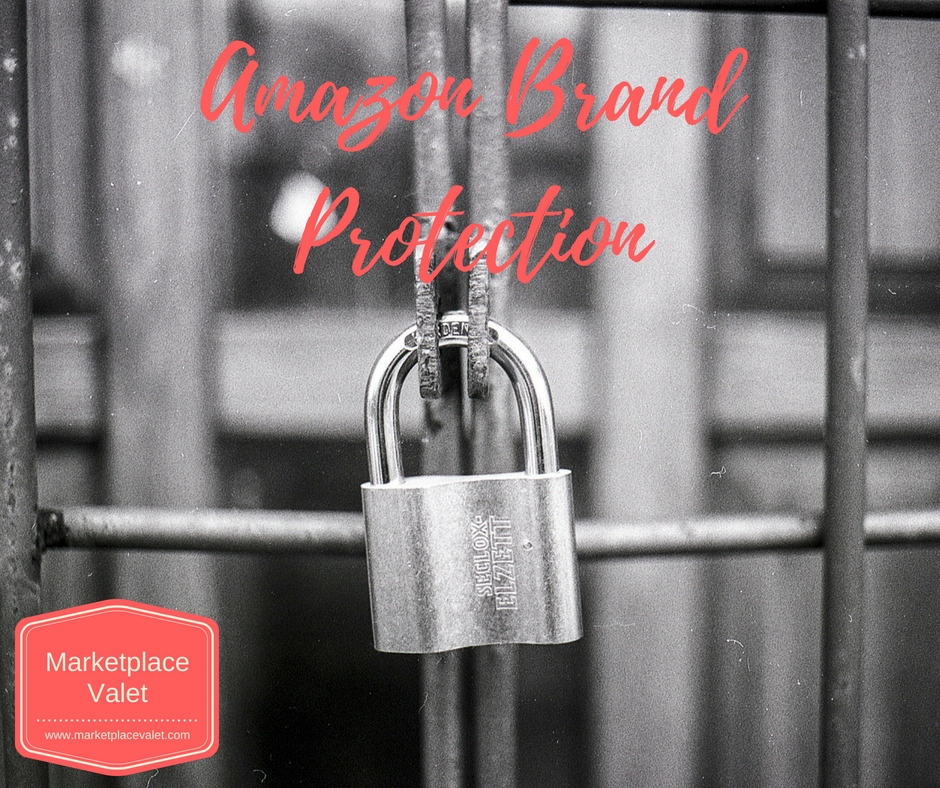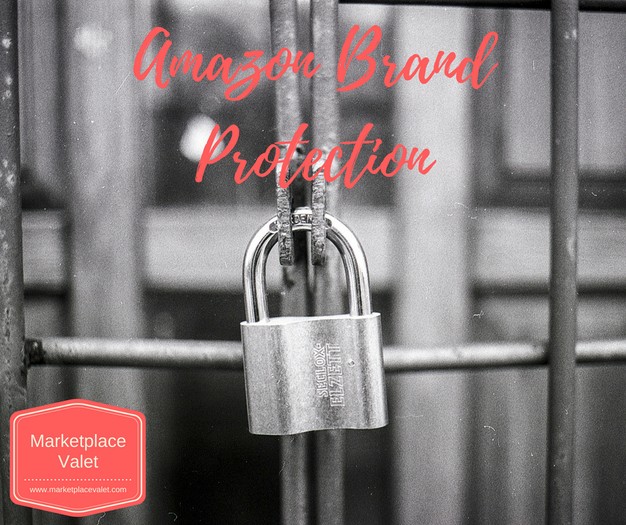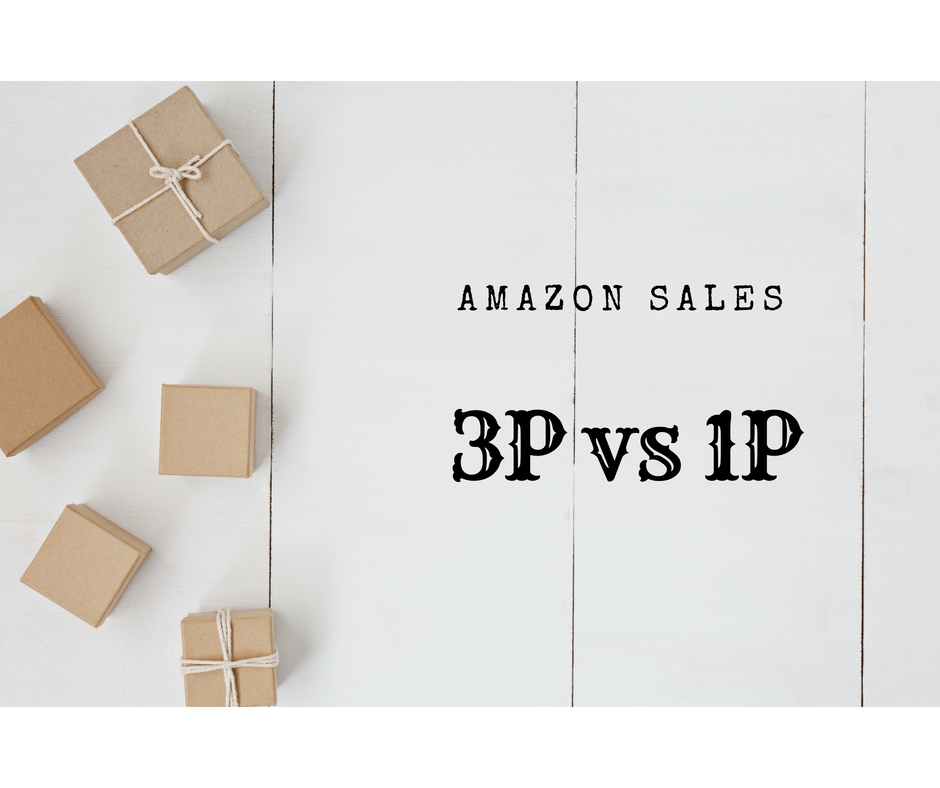


Amazon Brand Protection
Marketplace Valet is a team of Amazon Consulting Experts, and we regularly connect with brands about their struggles with selling on Amazon. Lately, the common thread in our conversations is a lack of control over the Brand’s Trademarks, IP, Product Pricing, and listing content.
Well how did this get so out-of-whack in the first place?
Since Amazon is a marketplace platform, they allow anyone to sell goods that are legally acquired. Now whether a seller is authorized to sell a Brand or use their trademarks, Amazon, as a marketplace, puts that onus on the seller.
There are 3 main types of offenders:
-
Unauthorized Sellers. These are the Amazon sellers that are likely selling authentic Branded product, but do not have permission to list and sell the products on Amazon. Often times these are folks that have found retail close out sales or big discounts on the product. Other times, in our experience, these unauthorized sellers can be the small mom and pop wholesale accounts, up to distributors “back dooring” the product.
-
MAP Violators. This category of Amazon seller often has the permission of the brand to sell the products on Amazon’s marketplace, but they won’t adhere to the MAP policies. When there is competition in the marketplace, that puts downward pressure on price so that a Seller can win the “buybox”. Amazon 1P, Amazon wholesale, is consistently a huge contributor to this problem. See why we promote Amazon 3P over 1P. Sometimes these sellers hold a lot of influence with the brand, particularly if they are large wholesale accounts that also offer a retail component.
-
Counterfeiters/ Infringers. These are the third party amazon sellers that are illegally selling knock-off goods under your namesake, or they are selling a product that is infringing on your registered IP/Patent.
The BUYBOX addiction- and how it affects a Brand
While Amazon customers love to see sellers competing in a race to the bottom for a products’ price, the brands are less than thrilled. Owning the BuyBox is having the Amazon Sales Funnel turned on with high velocity. Not owning the BuyBox feels like being a celebrity out of the spot light yearning for some attention.
This is why 3P sellers are Addicted to the BuyBox. Sellers are literally addicted with chemical changes in the mind and body. The phenomenon is a result of variable positive reinforcement. It starts with something small, like drop the price by $0.01. $25.00, $24.99, or $24.98 are all the same, right? That small change leads to an influx of orders (positive event). Then that flood of orders stops, but why? Well some other seller matched your price or beat it by a penny, no you aren’t getting sales (negative event). So now I’ll do more of the action that leads to positive events, and mess with pricing some more.
-
This buybox addiction leads to a downward pressure on price when there are multiple sellers on the same listing. Enter Repricing Software, and you are basically turning on drugs with an IV drip. This is where the MAP policy gets flushed down the toilet.
-
Dropping prices will change how consumers perceive your brand. If they can continue to buy your product at a discount on MSRP, why would they ever pay full price. The Amazon price becomes the defacto price for all retailers. This in turn creates a downward pressure on your wholesale business, as retailers want to retain margin or they turn away from your brand altogether.
What if a seller doesn’t like the competition on the existing listing?
-
Create a new product listing for the same product. Without Brand Registry, anyone can create a new listing for your brand. Now while creating multiple listings for the same product is against Amazon’s policy, it is happening every day. Given how big Amazon’s catalog is, it can often take quite a long time before their team or bots even realize that there is a duplicate and they do an ASIN merge. Thus, ABC rogue seller may not have the right product information. Maybe they are using a screenshot of your product. As you might expect, that lack of control I mentioned above is exemplified by this example, and the brand takes the bruises. Without proper amazon brand protection measures in place, Brands are being actively undermined by rogue sellers and buybox addicts.
Unfortunately, policing listings for a brand on Amazon is the sole responsibility of the brand.
Some companies don’t want to deal with it, so they choose to wash their hands of Amazon altogether. (See Birkenstock)
But when Amazon accounts for 50% of ecommerce in the United States, does abandoning that channel really make sense?
HOW to get Amazon brand protection?
1. Don’t expect a hand from Amazon.
Amazon loves the competition; it means lower prices for their customers. Raising prices just isn’t cool. But you have patents and trademarks, right? Amazon HAS to do what you say since you have IP protection…right? As mentioned above, Amazon puts the onus of permission and authorization on the individual sellers, not the marketplace itself. This fact means that you need to take ownership of the brand protection process yourself.
2. Amazon’s itsy-bitsy attempt to help a brand- Brand Registry.
If you are the product manufacturer, and have a trademark on your brand, then Amazon allows you to apply for Brand Registry. This program gives the brand control over the Product Listings content. This ensures that you, the brand owner, are the only group that can create new listings for that brand name. Therefore, the brand can claw back some control over content. However, this won’t stop other sellers from piggybacking your ASIN. This also doesn’t stop sellers from selling your product with an alternative brand name, or including your product in a kit/bundle listing.
One way to really LOCK your content, would be to create the listings inside of Vendor Central first, and then add those ASINs as a 3P seller in SC. Nothing frustrates a brand more than finding out that some other seller was pushing their products through Amazon by selling directly to Amazon through Vendor Central. Why? Because Amazon will lock that content, as they assume it is the correct product details.
Marketplace Valet regularly helps brands down the road to brand registry, let us know if you need a hand.
3. Brand Consistency
Make sure to have your own website aka www.yourbrand.com. Also ensure that your brand is included on the product packaging.
4. Brand Protection on Amazon starts with distribution controls
Take a hard look at your retailer agreements. Be sure to include a clause that prohibits the sale on third party marketplaces such as Amazon.com. Should you permit some sellers to list on marketplaces, explicitly call out your MAP policy and how enforcement will work for violators.
PRO TIP. Use unique UPC codes on the products for each distributor. This way, if you find a rogue seller on Amazon, you can purchase the product from them to find the source. Alternatively, you can choose to use serial numbers for each manufactured product. Then you can track which serial number series were sold to which wholesale/distributor/retailer to find your leak.
5. Pro-Actively monitor and police 3P sellers.
Don’t wait for sales to fall before taking a look at your listings. Dedicate some resources to actively manage, yes that can mean looking daily, or subscribing to listing monitoring software.
-
‘Cease and Desist’ messages to the sellers through Amazon’s messaging system is the low hanging fruit. Many will choose to run away at that.
-
Should you suspect that folks are selling counterfeit, knock-off, goods to your customers on your listing, starting making test purchases from those sellers. Once those orders arrive, confirm authenticity and then submit any inauthentic claims to Amazon.
Do this yourself, or sign up for Marketplace Valet’s Amazon Brand Protection service. We use every tool at our disposal to go after these sellers having learned what effectively works over years of experience.
6. Always use the FNSKU labeling for FBA
Comingled inventory can mask which seller the product came from, unless labeled with the FNSKU. This will come in handy with the test purchase example above.
7. Warranty, Warranty, Warranty
Please establish a warranty for your brand and the products that you offer. Additionally, be sure to include verbiage in your retailer agreements that only extend your warranty to authorized sellers of your products. This is an arrow in your quiver when submitting these sellers to Amazon, as it relates to the ability of a seller to list a product as “NEW” if it is not under warranty eligibility.
The Skinny on Amazon Brand Protection
Usually I am tight lipped about spilling any brand protection secrets. Consider these a few freebies at some of the things that you can do to protect your brand on Amazon.
If you find that your efforts aren’t getting the job done, or you need some truly savage Amazon Brand Protection experts, check out Marketplace Valet at www.marketplacevalet.com
*Marketplace Valet has removed thousands of unauthorized sellers and listings from Amazon. We have the hate mail and death threats to prove it.

